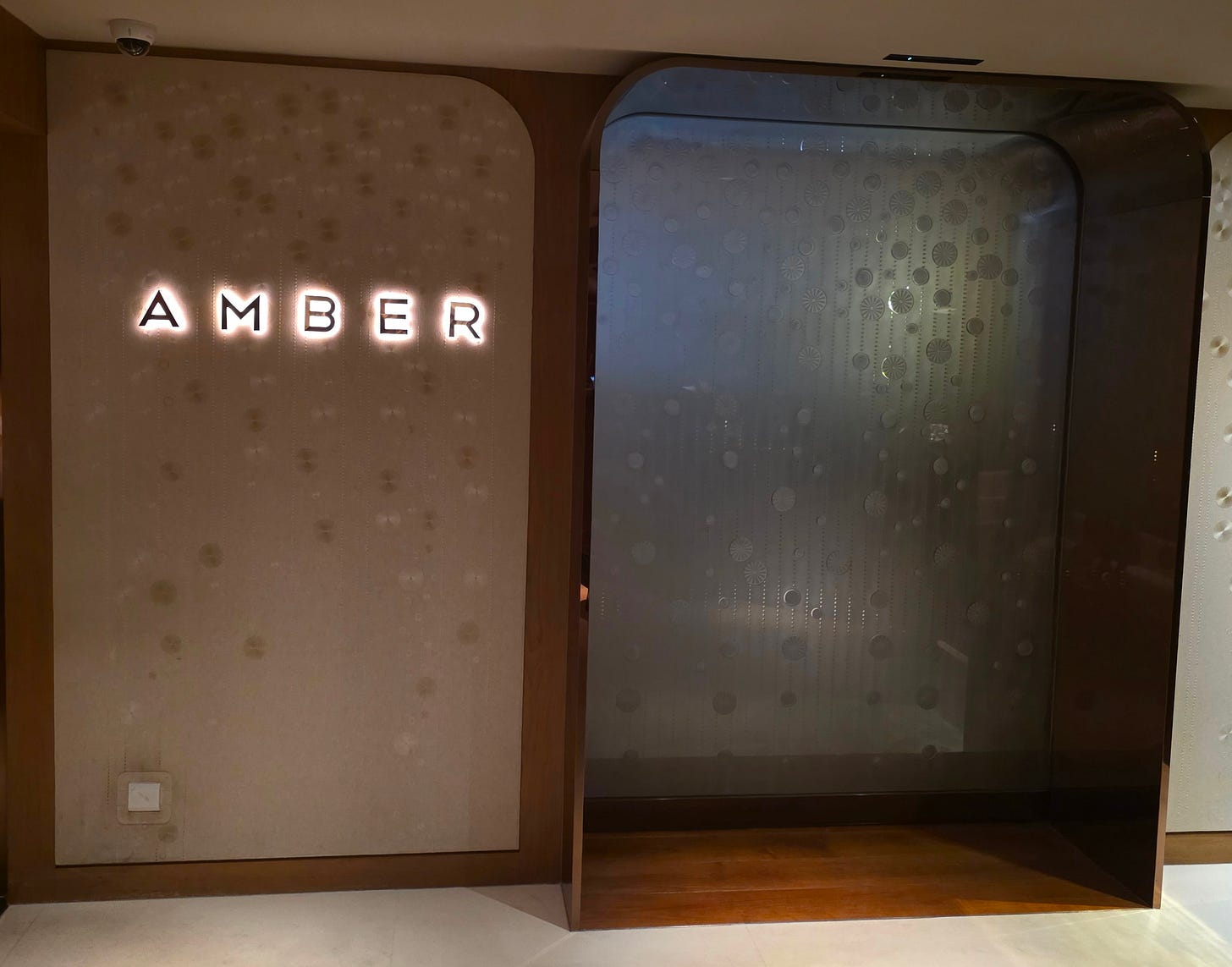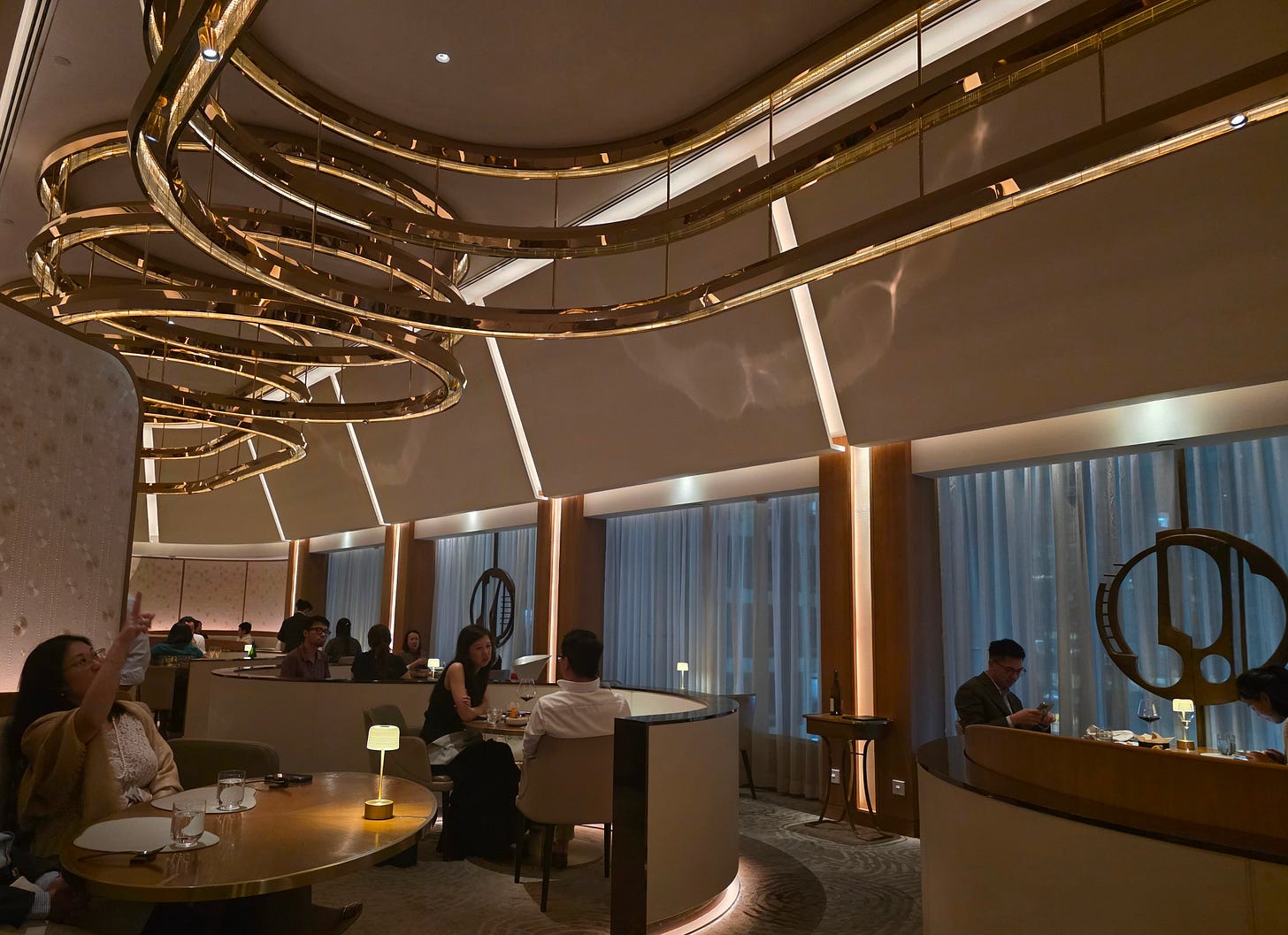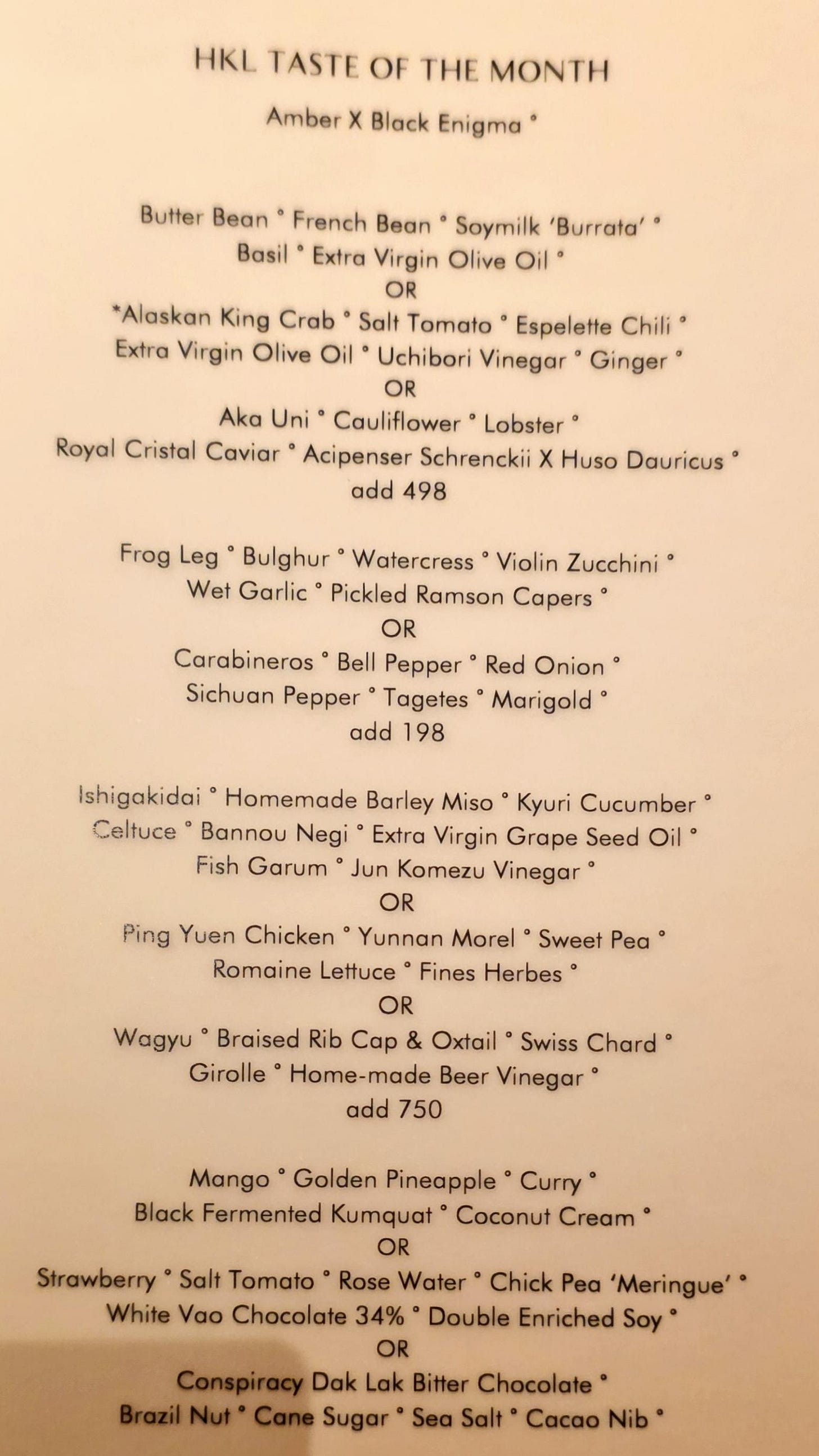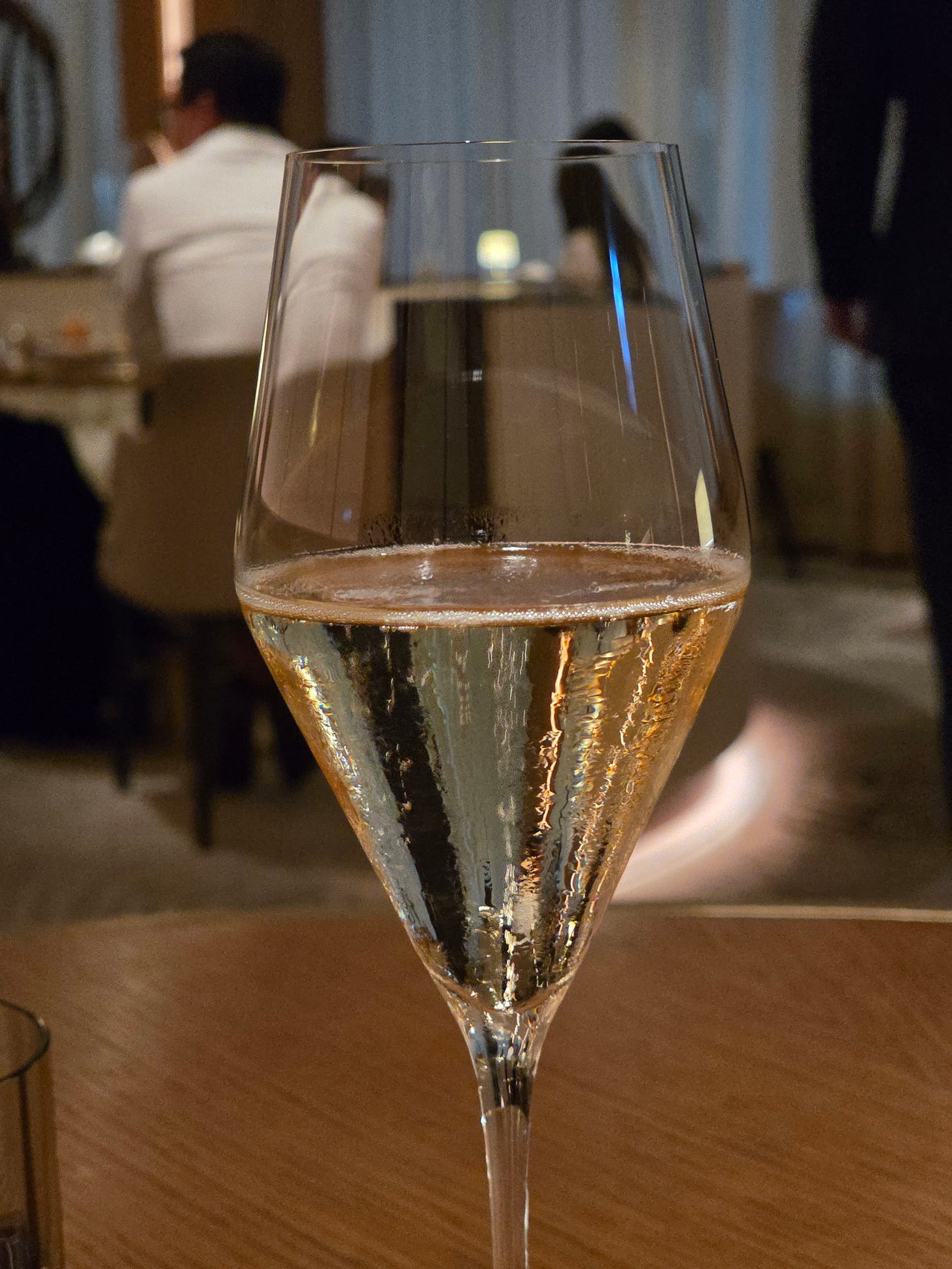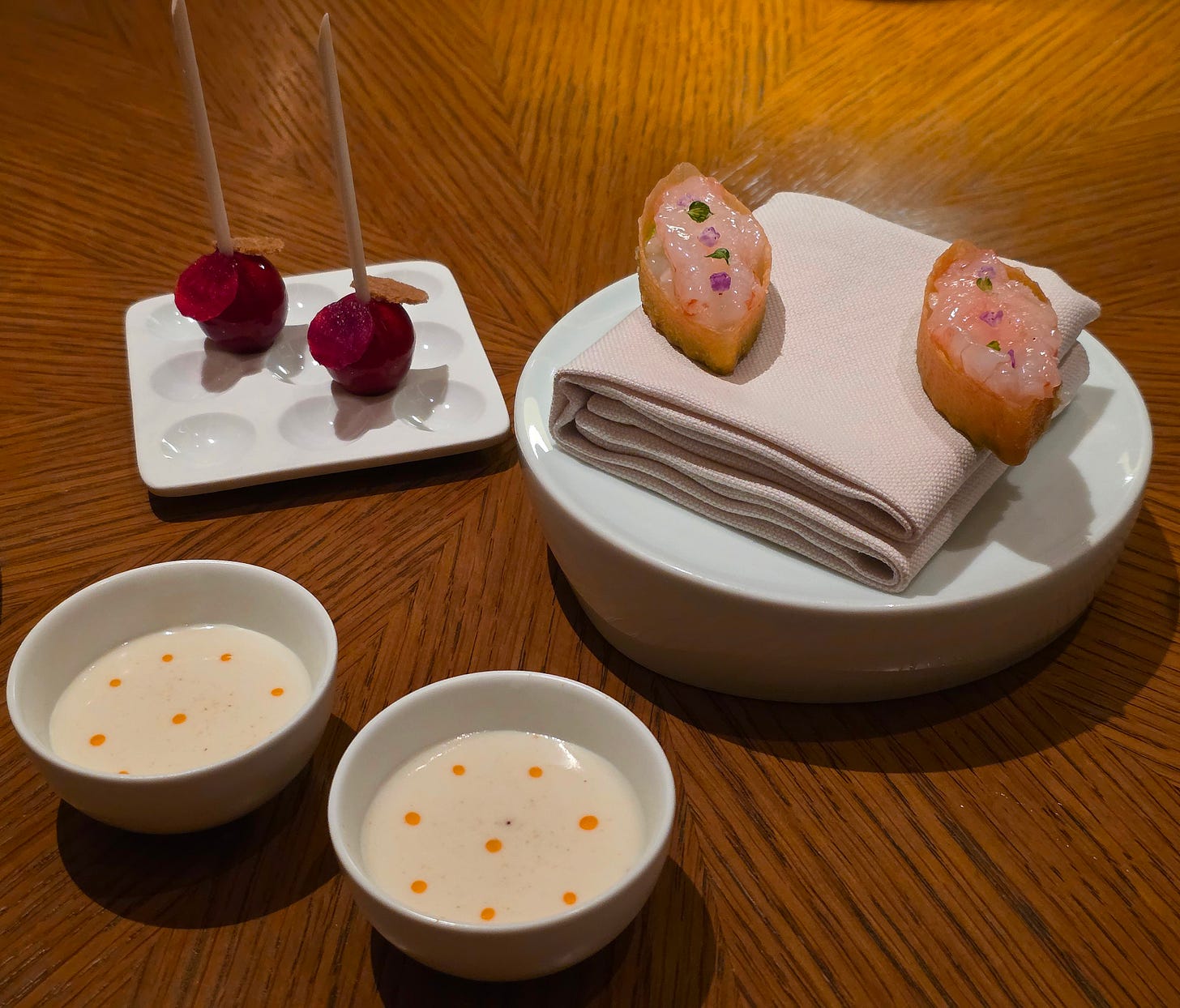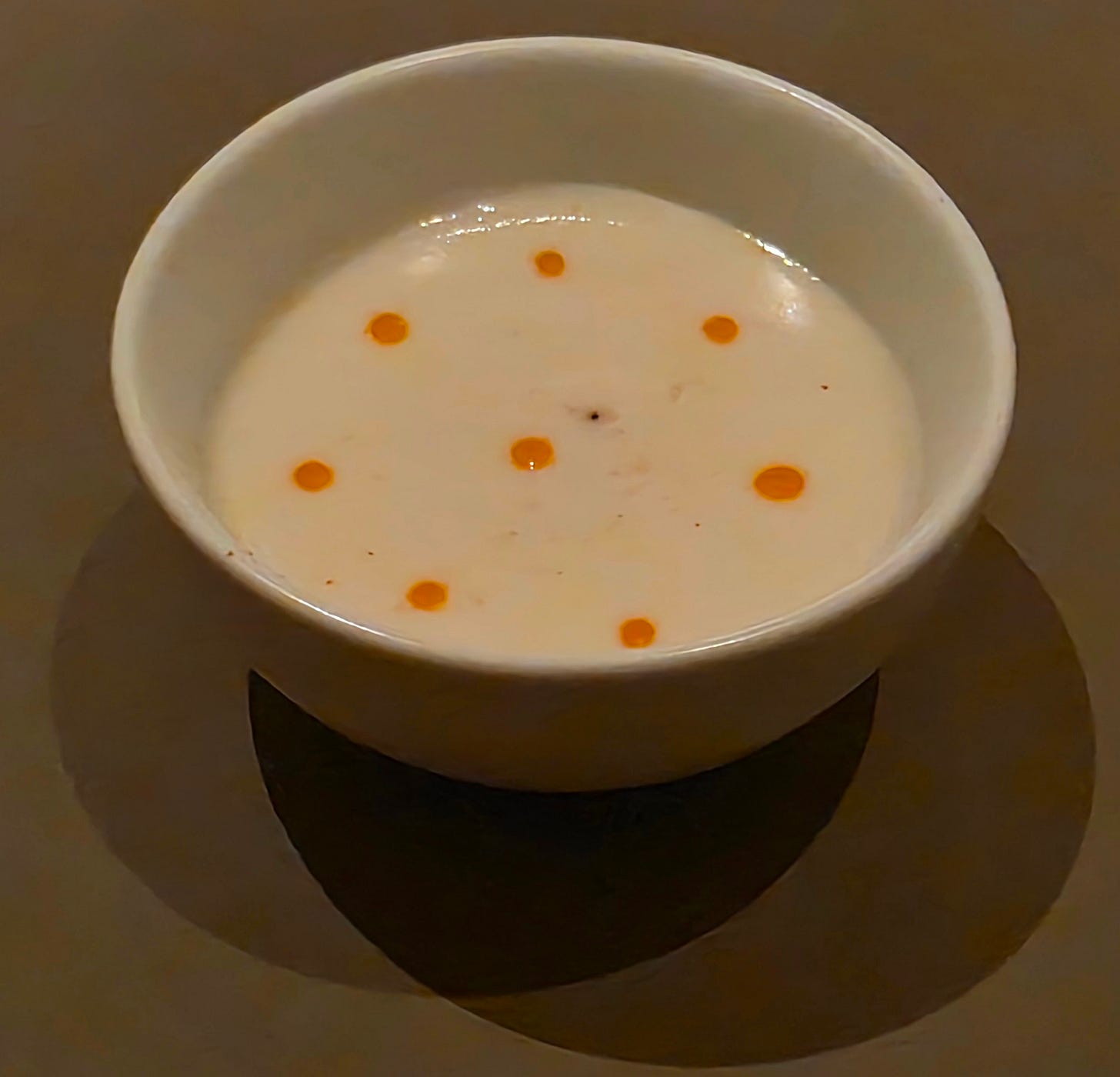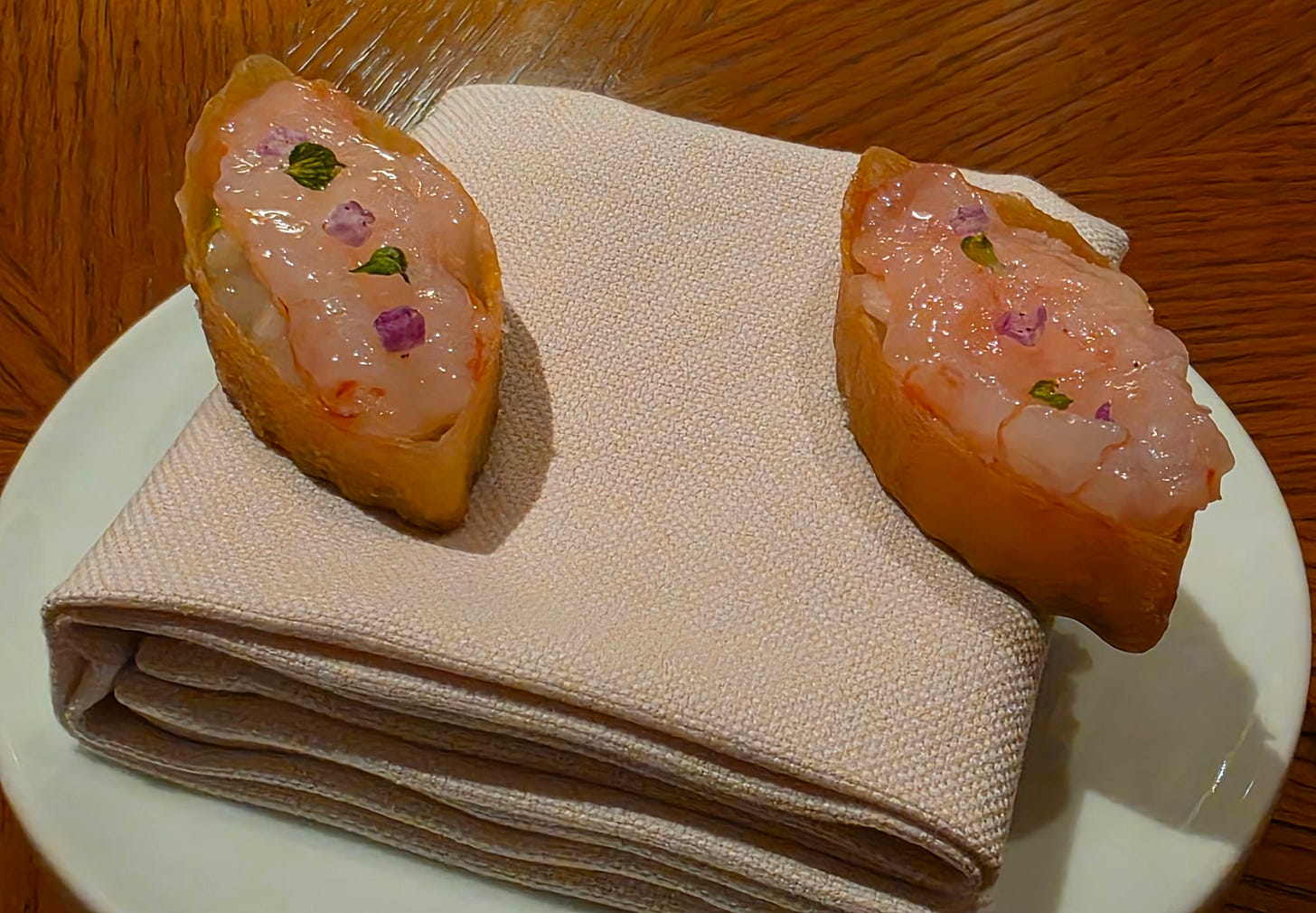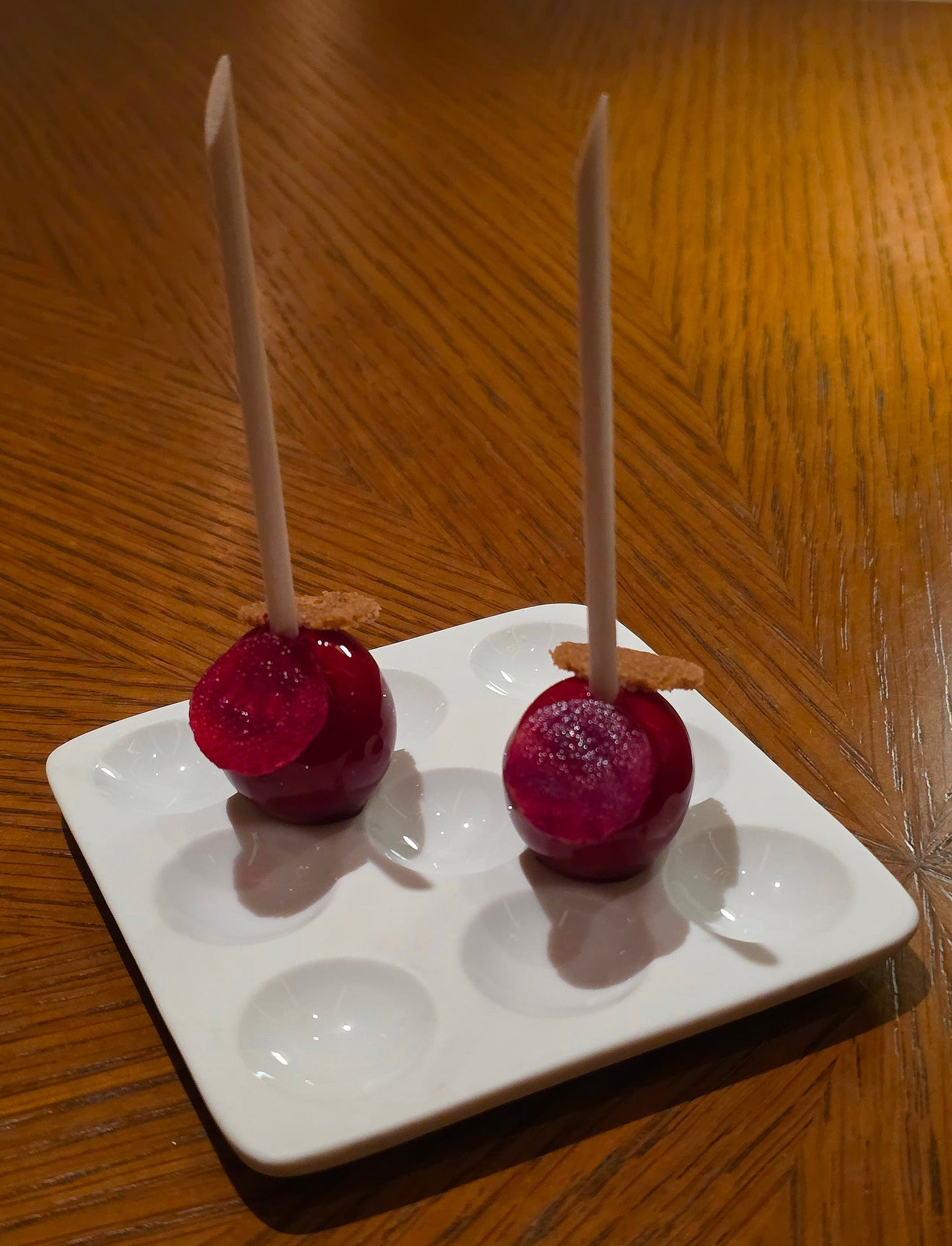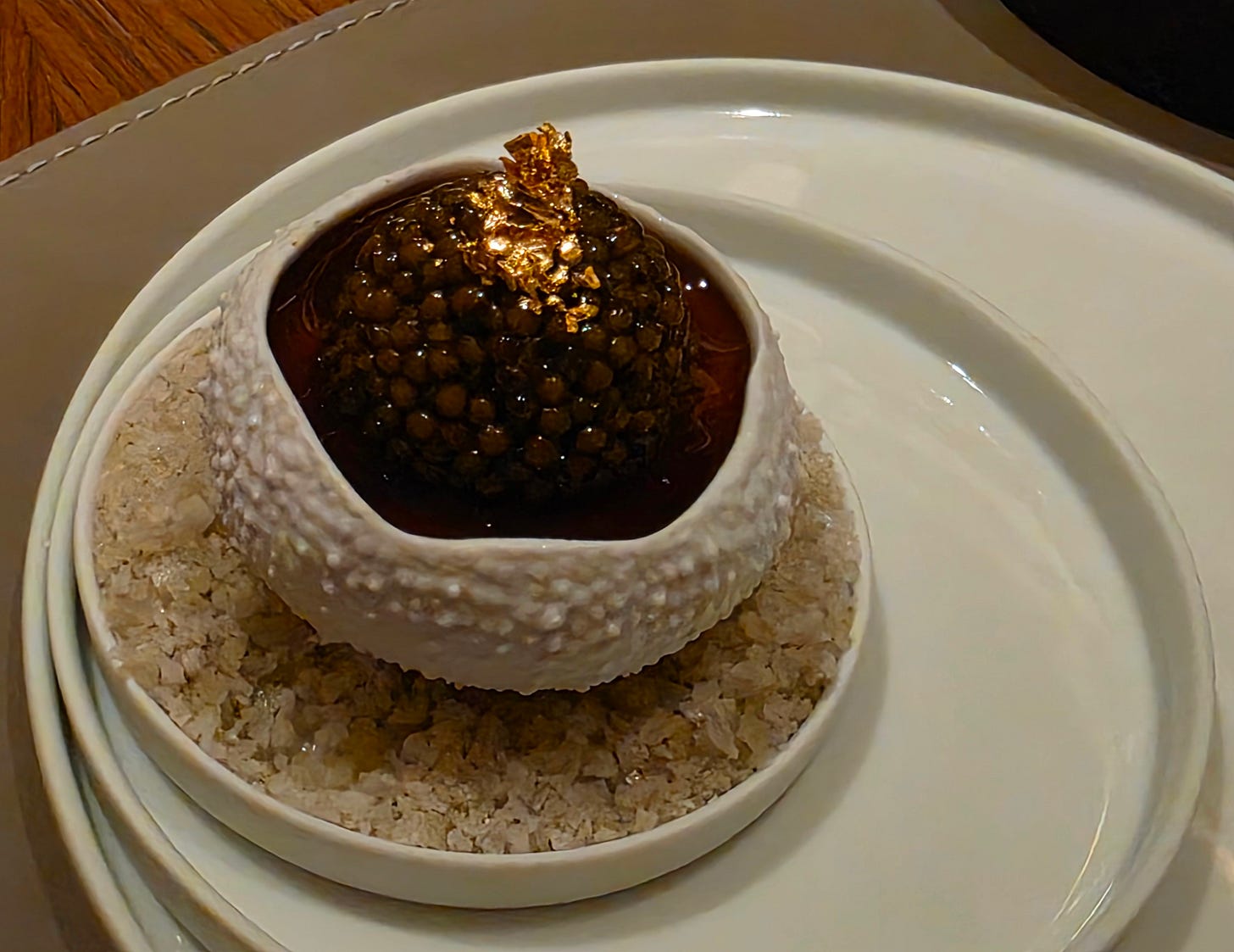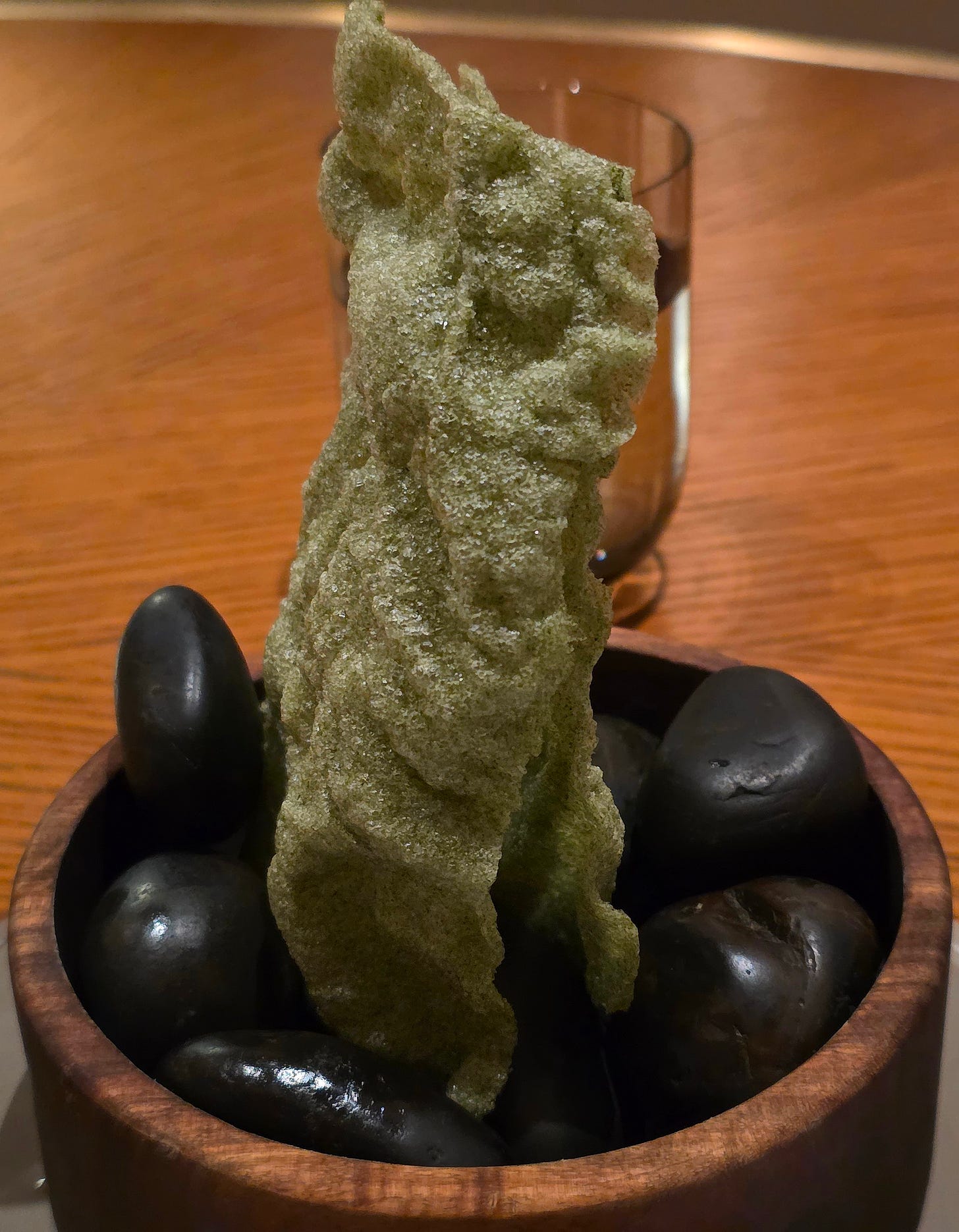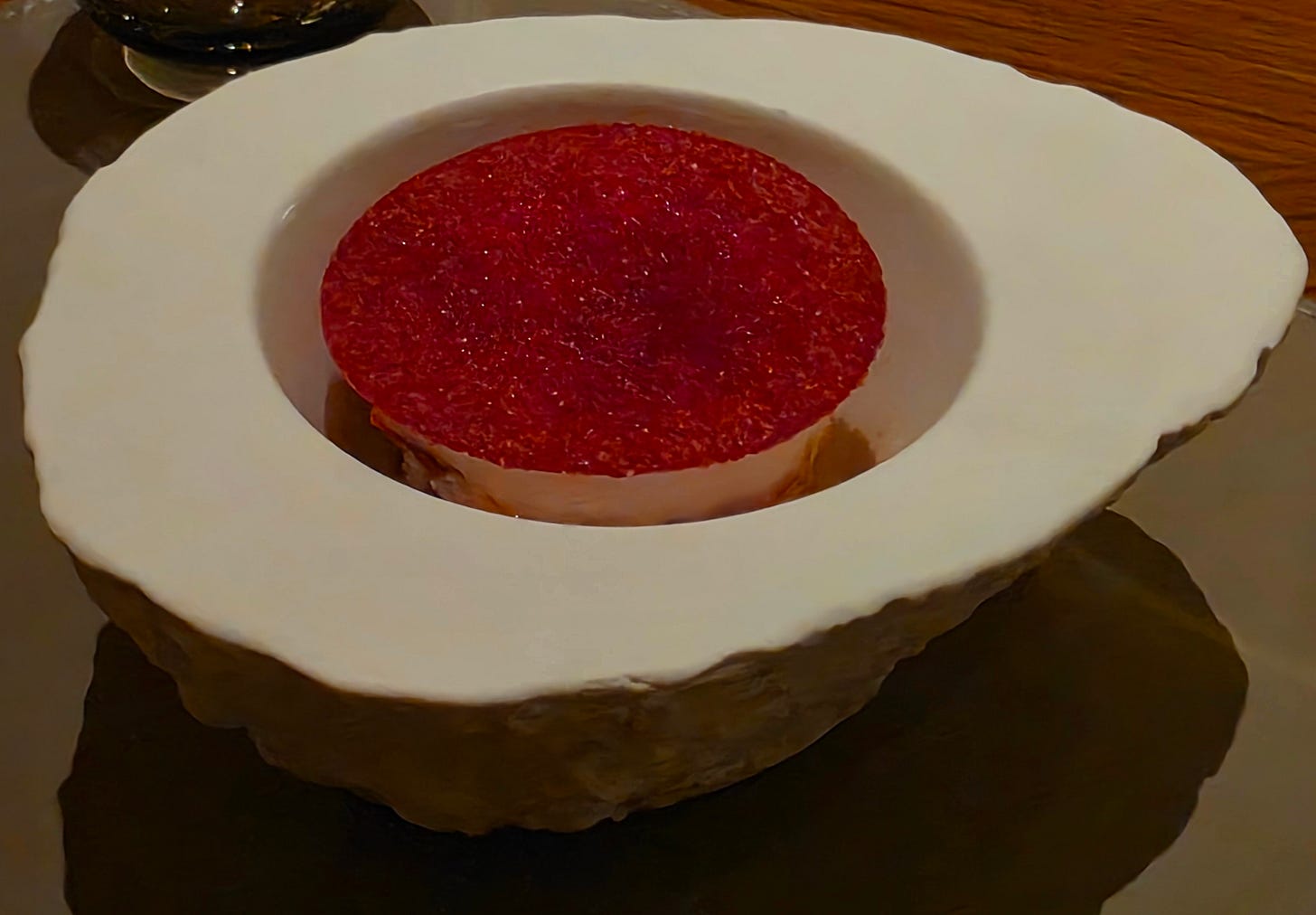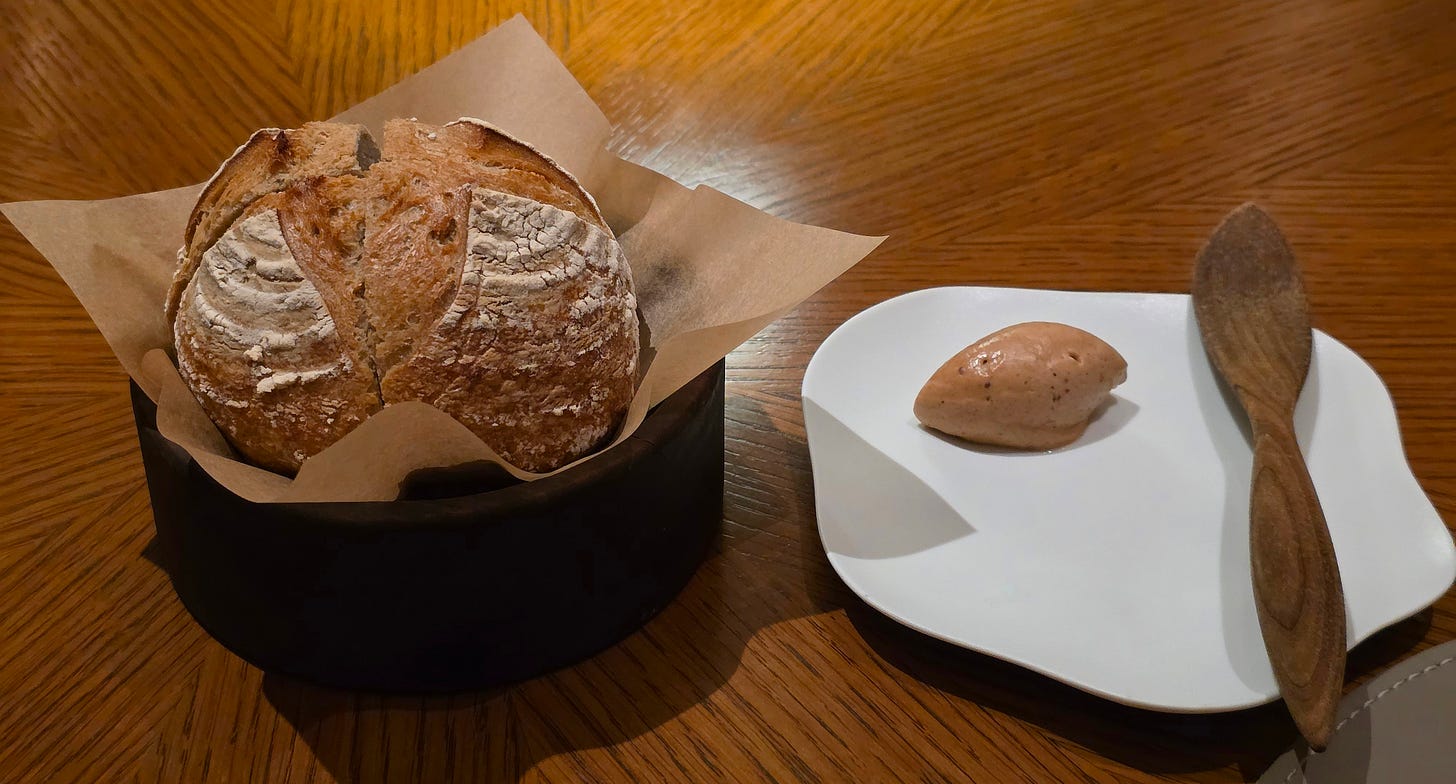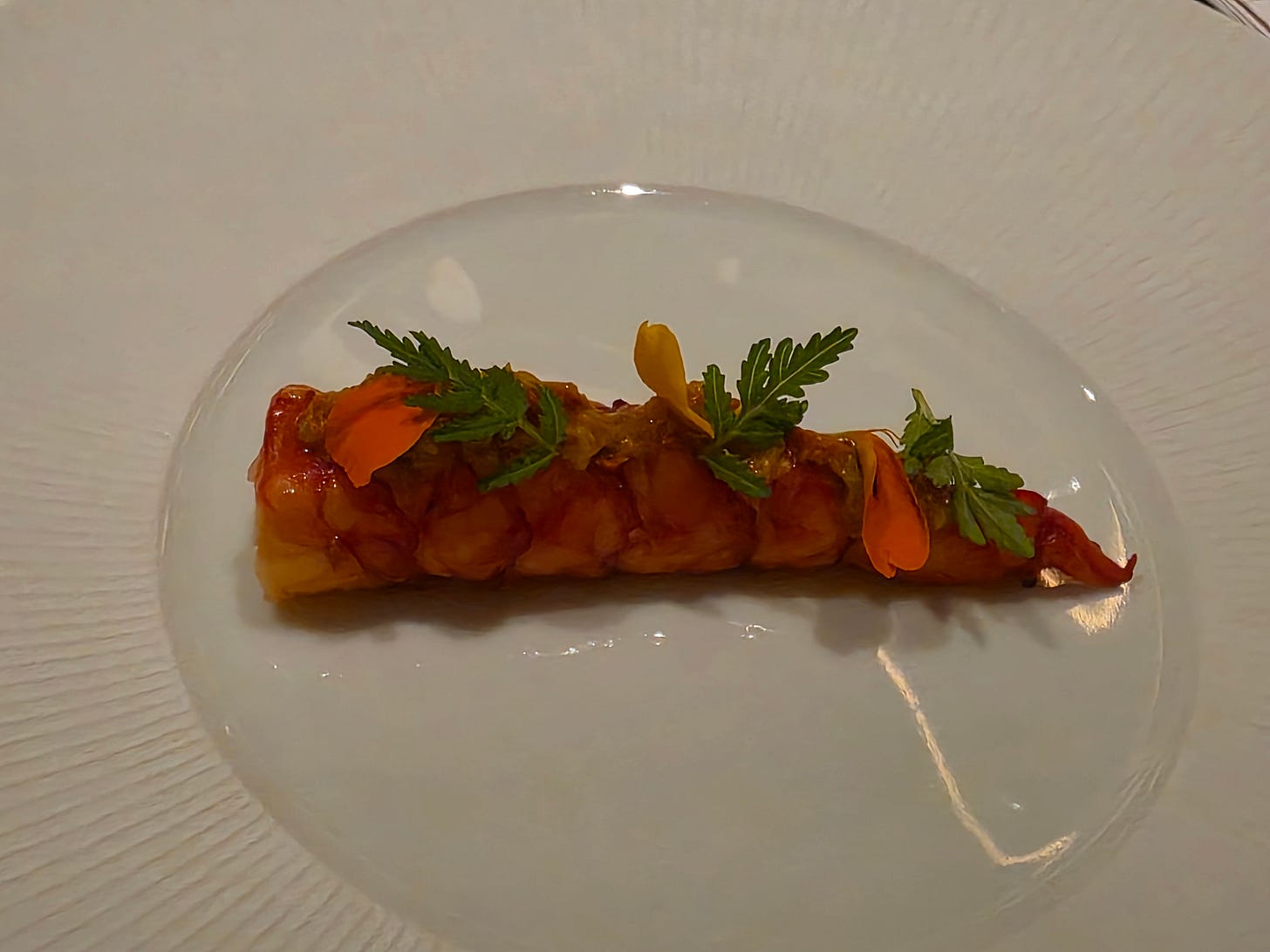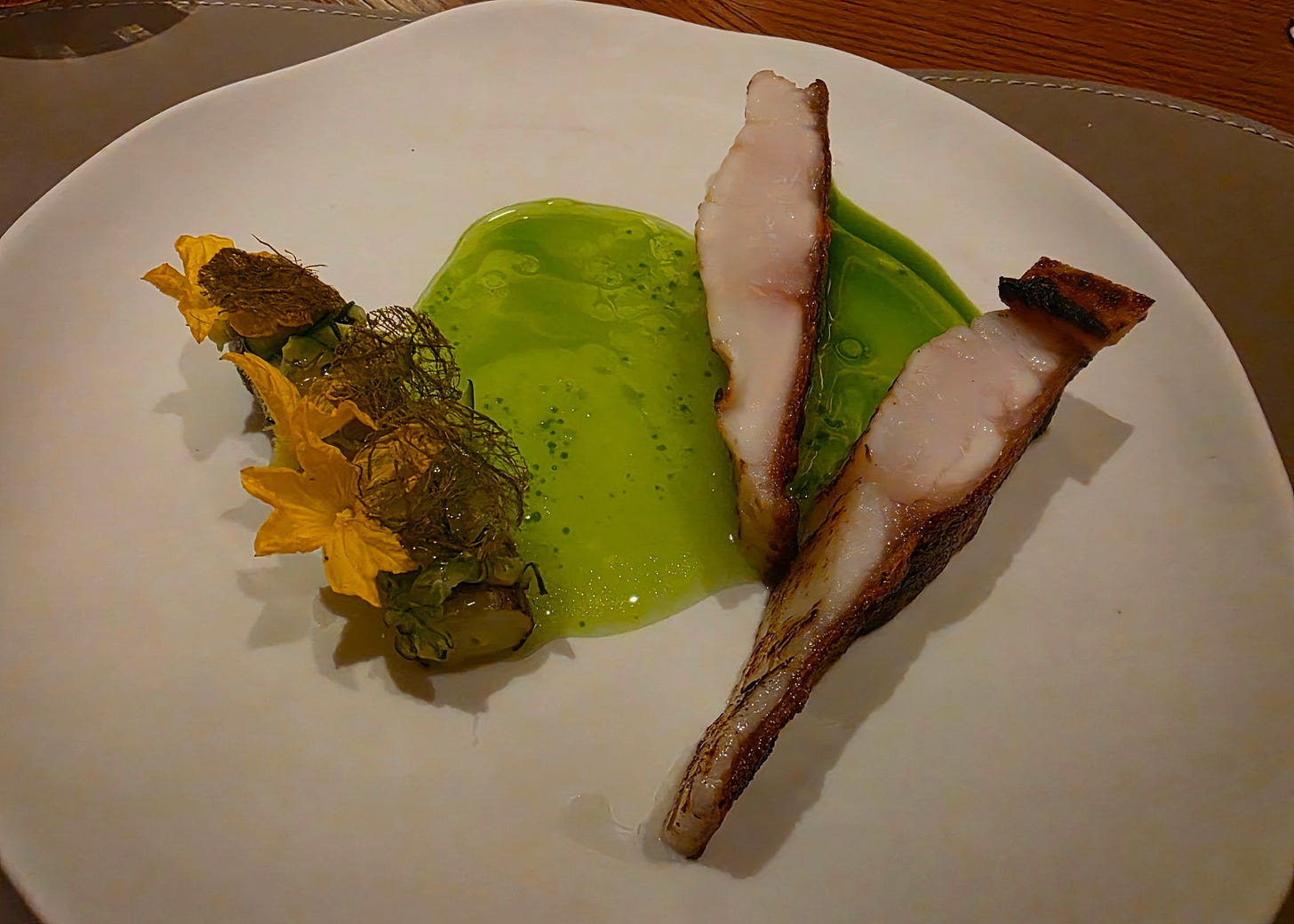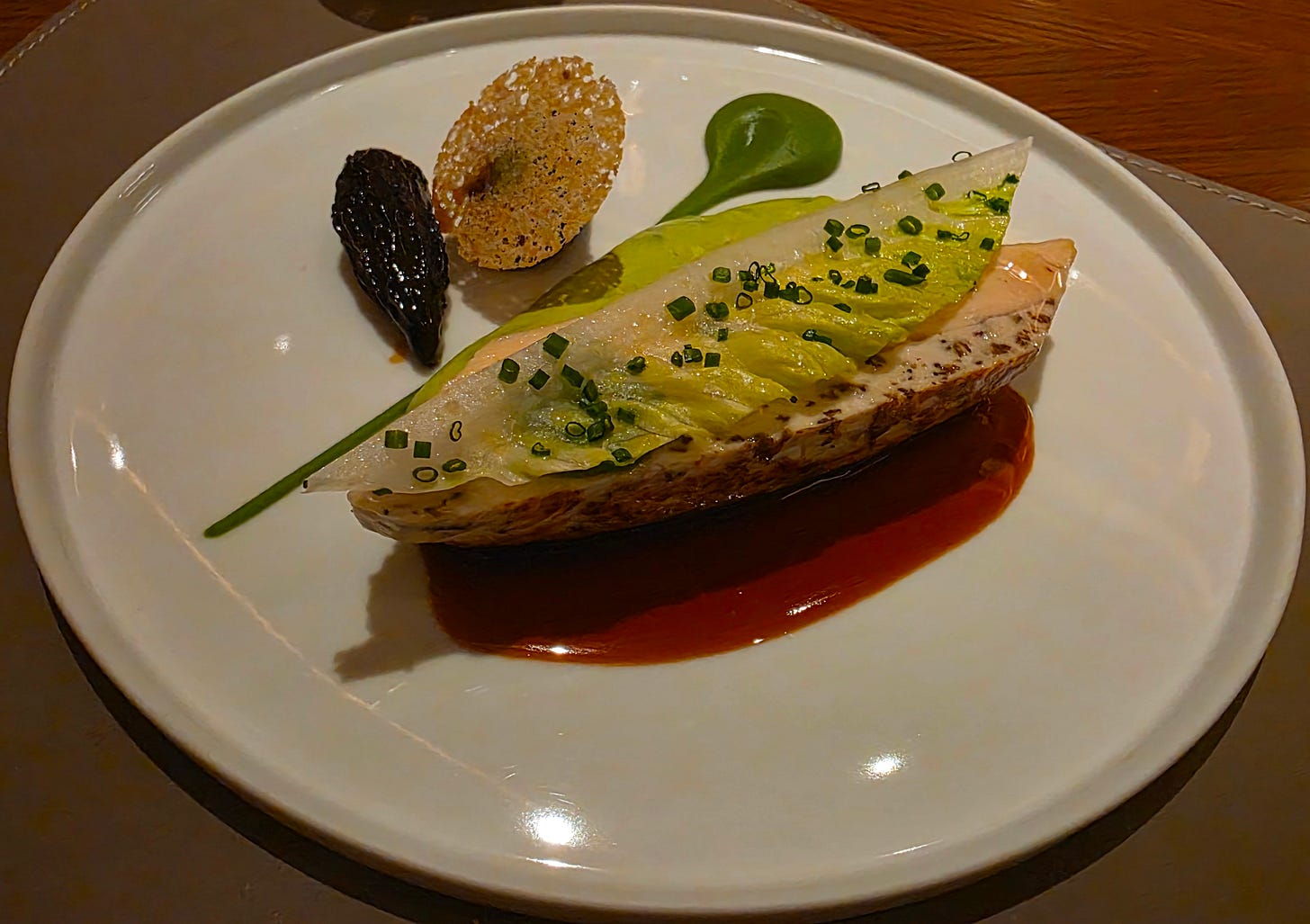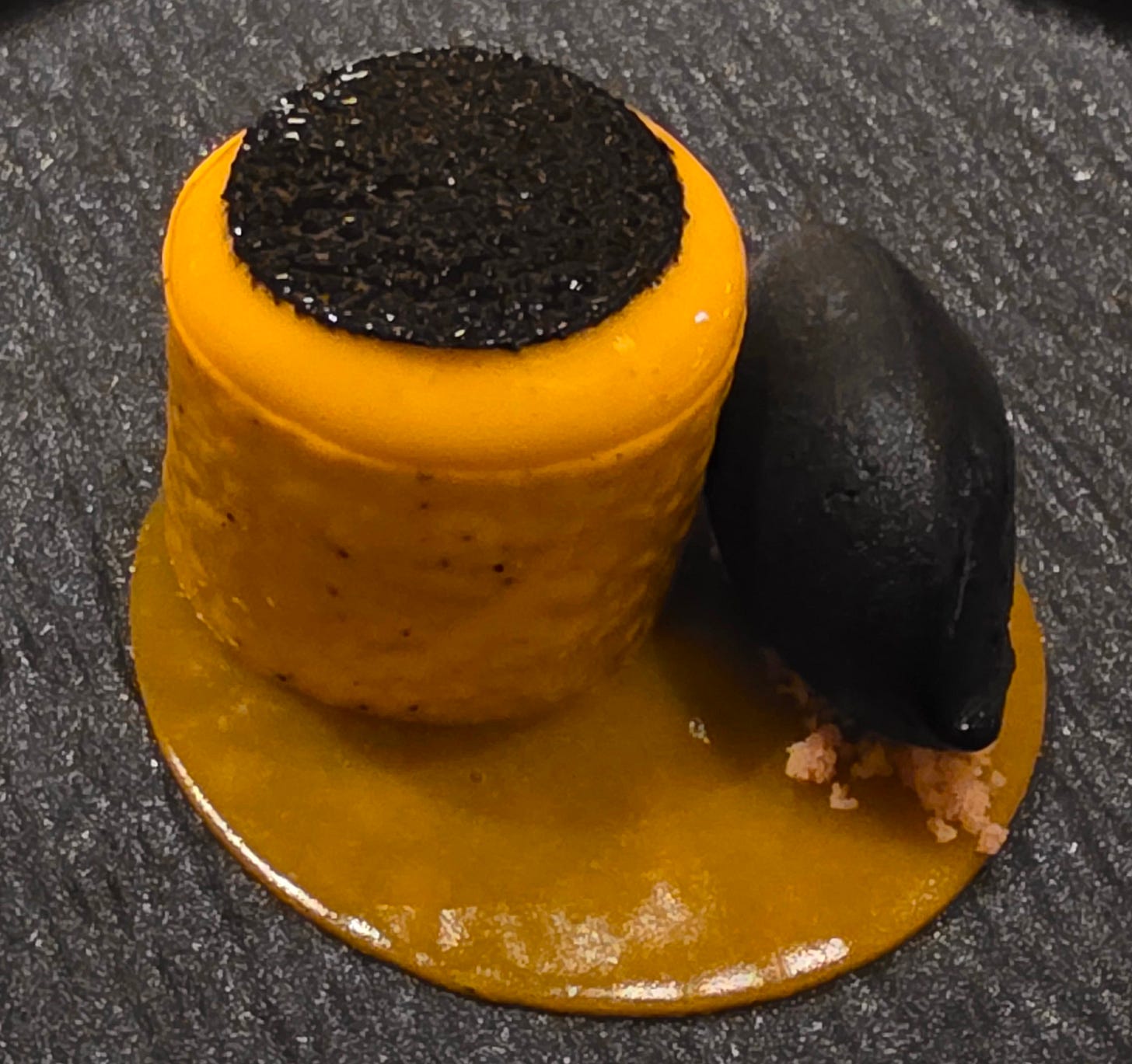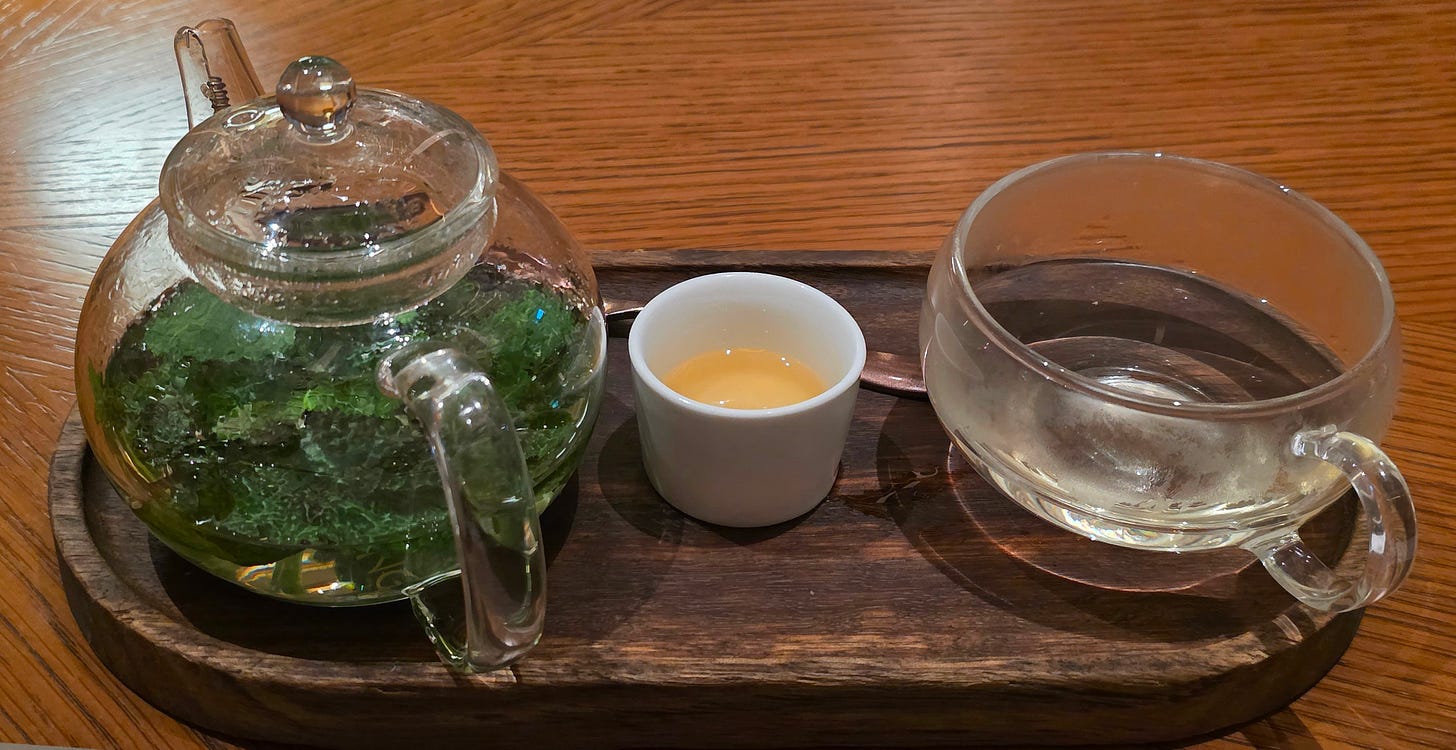Amber
Two Decades of French Culinary Excellence in Hong Kong
Amber is a renowned modern French fine-dining restaurant that blends traditional French culinary techniques with vibrant influences from Hong Kong and the surrounding region, emphasizing innovation, indulgence, and sustainability. The restaurant is celebrated for its elegant ambiance, featuring warm neutral tones and a focus on intentional dining experiences that highlight seasonal and local ingredients.
Amber opened in 2005 as the signature restaurant of the Landmark Mandarin Oriental. It quickly gained acclaim, earning two Michelin stars in the 2009 Michelin Guide, a distinction it held for 13 consecutive years. In 2019, Amber underwent a significant four-month refurbishment, reopening with a refreshed design and a transformative menu shift toward dairy-free, gluten-free, and reduced-sugar-and-salt offerings. This evolution incorporated plant-based alternatives like soy, rice, nut milks, fermentation products, and natural sweeteners such as agave and honey, resulting in about 50 new dishes. By 2025, Amber achieved coveted three stars ranking.
The move to dairy-free cooking takes Amber in a unique direction away from traditional French cooking. When I think of French cuisine, I remember Julia Child, who famously said, “If you’re afraid of butter, use cream!” To me, French cooking is synonymous with lots of dairy - butter, cream, fatty emulsions, with explosions of fatty richness and strong flavours.
Chef Richard Ekkebus serves as the Culinary Director of The Landmark Mandarin Oriental and the executive chef of Amber, a role he has held since the restaurant's opening in 2005. Born in the Netherlands, Ekkebus began his culinary journey at age 15, working in his grandparents' restaurant. He apprenticed under Michelin-starred Dutch chefs Hans Snijders and Robert Kranenborg, before honing his skills in France as the cheff de partie under Chef Alain Ducasse, sous chef under Chef Pierre Gagnaire, pastry chef under Chef Alain Passard, and working under Chef Guy Savoy. After leaving France, Ekkebus spent seven years as executive chef at the Royal Palm Hotel in Mauritius, blending Creole, Indian and French influences into his cooking. He then led the kitchen at The Sandy Lane in Barbados for two years before moving to Hong Kong to open Amber.
Amber is located just opposite Sushi Shikon, of the 7th floor of the Mandarin, next to Somm and Kappo Rin. Past a sliding frosted glass door sits an elegant dining room with soft curves and dim accent lighting.
We went on a weekday night for their “Black Enigma” tasting menu, featuring a seasonal secret “Black Enigma” starter.
The menu also included a glass of 2012 Dom Perignon, which we were allowed to take pictures of.
The canapes were served shortly after we arrived:
a cold white asparagus velouté hiding a chilled asparagus jelly underneath, dotted with spots of orange oil
a light prawn tart with a white asparagus puree
a foie gras lollipop, with a center of dense foie gras covered with a sour cherry and raspberry coating, which I read was a tribute to the late Chef Jonnie Boer’s signature duck liver lollipop.
Shortly after, we were served the “Black Engima” course, with a theatrical presentation on top of a giant tin of caviar. Unfortunately, I wasn’t able to take pictures as they took away our phones, but in essence, the dish was a Hokkaido scallop crudo topped with caviar and shaved almonds, served on a thin slice of brioche. Somewhat melodramatic, but an interesting dish nonetheless.
Next, one of the signature dishes at Amber, a thin bed of cauliflower puree topped with a concentrated lobster jelly, uni and a big scoop of caviar. On the side, puffed up seaweed crackers made in the Indonesian shrimp cracker style. Scoop some of the caviar, uni and cauliflower puree on to a piece of cracker, and bite down for a crispy, creamy, umami, earthy, nutty bite. Absolutely amazing, and one of the best dishes of the night.
My companion went with the Alaskan king crab, topped with a disc of dehydrated tomato. A bit of a kick from the chili, and a bit of acid from the vinegar, but largely unremarkable.
The bread course, which was made a bit more complicated by the fact the Amber doesn’t serve any dairy. Instead of butter they formed a soy and cashew alternative. A piping hot loaf of sourdough, ruined by a lack of regular salted butter. While I’m sure a lot of work and experimentation went into the soy cashew butter, I could absolutely believe it is not butter, and frankly, I would’ve much rather had the classic.
The second course was a Carabineros prawn tail, freshly flown over from the Mediterranean sea just off the coast of Spain. Grilled over charcoal and topped with a tangy, sweet and savory sabayon sauce with a bit of kick from some cracked Sichuan peppercorns.
For mains, I went with the charcoal grilled Japanese red snapper or “Ishigakidai”, which was served with a korean celltuce, wrapped in different forms of seaweed in a light herbal sauce. Notably, the fish skin was crisped to perfection, and the snapper was an light and refreshing summer dish.
My companion went with the Ping Yuen chicken, or more commonly known as the local “Three Yellow Chicken”. Served with Yunnan morel mushrooms and a sweet pea puree for a French preparation style highlighting local Chinese ingredients.
Dessert was a mango and pineapple mousse, served with a kumquat sorbet. The black coming from the fermentation of the kumquat. Really neat, a bit heavy on the acid, but the kumquat sorbet was a huge hit.
A fresh mint tea later, we were ready for the petit four.
In a rush again, we took our petit four to go, but before leaving, they made us a sake and pineapple shot tableside, so we could shoot it before taking our petit four home.
Overall, Amber is a bit of a mixed bag. The dishes they do well are outstanding, but it can be a bit hit and miss. The canapes were absolutely amazing, as was the signature cauliflower and lobster jelly starter. The mains were divine and perfectly executed, but the self-imposed limitations on dairy and other ingredients made for some awkward combinations - like the soy nut butter. They still managed to pull off a memorable meal, but I feel like it would’ve been so much better if they weren’t working with one hand tied behind their back. It’s one of the reasons I refuse to go to Eleven Madison Park. While yes, it’s amazing that you can maintain the quality of your restaurant with your self-imposed restrictions, it makes me wonder how much better the restaurant could be if they focused solely on making the best meal possible, regardless of meat or not, dairy or not, shellfish or not. Just the single-minded pursuit of perfection.
Total damage: 4700 HKD/2 people


